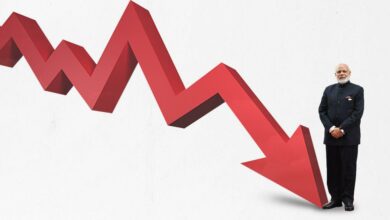financial loss
-
Trends

A Whopping $900B Debt – China’s Once-Profitable High-Speed Railways Now Heading towards a Trillion Dollar Disaster
The long-distance high-speed rail system (HSR) in China is praised as the cornerstone of its efforts to revive the nation’s…
Read More »






